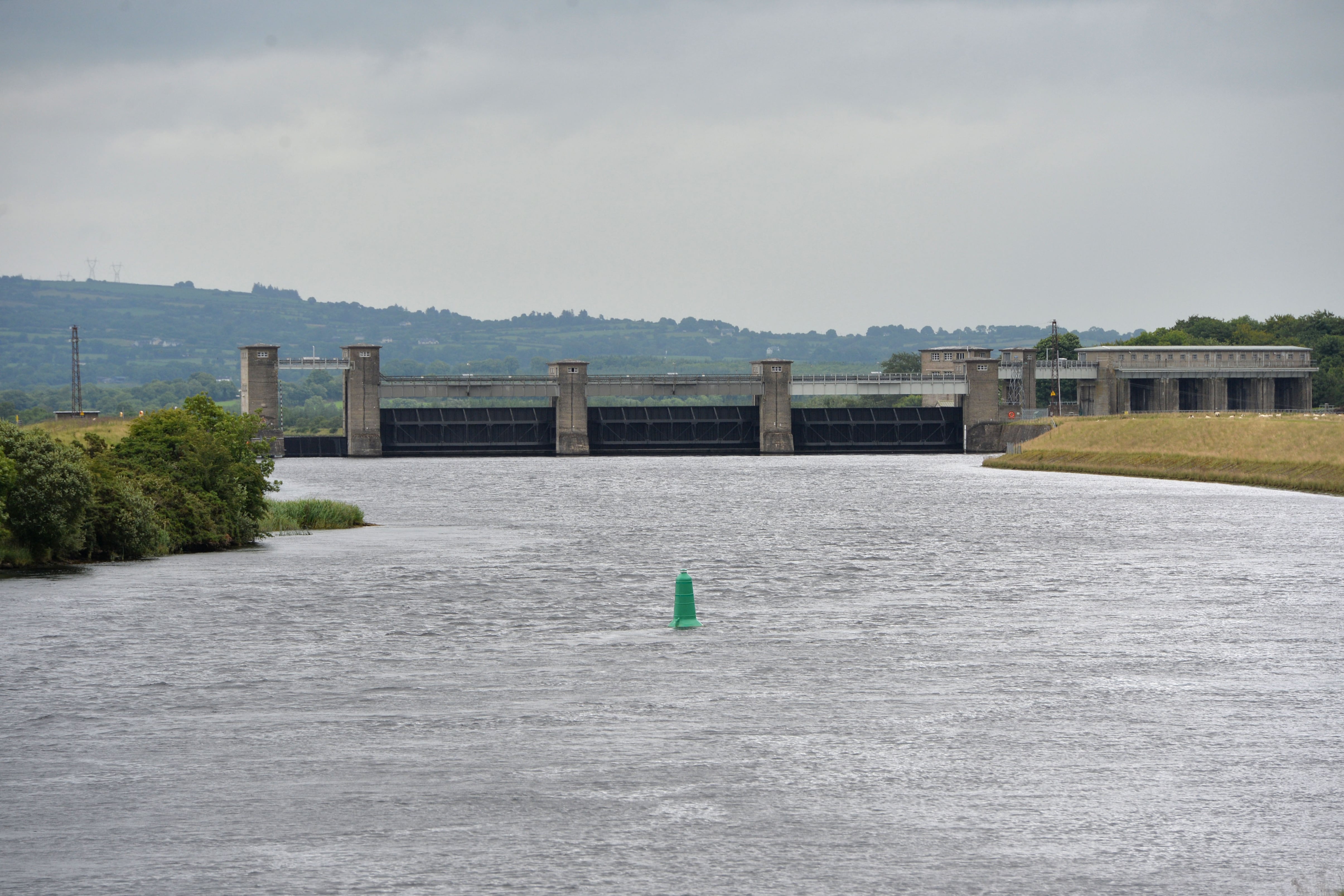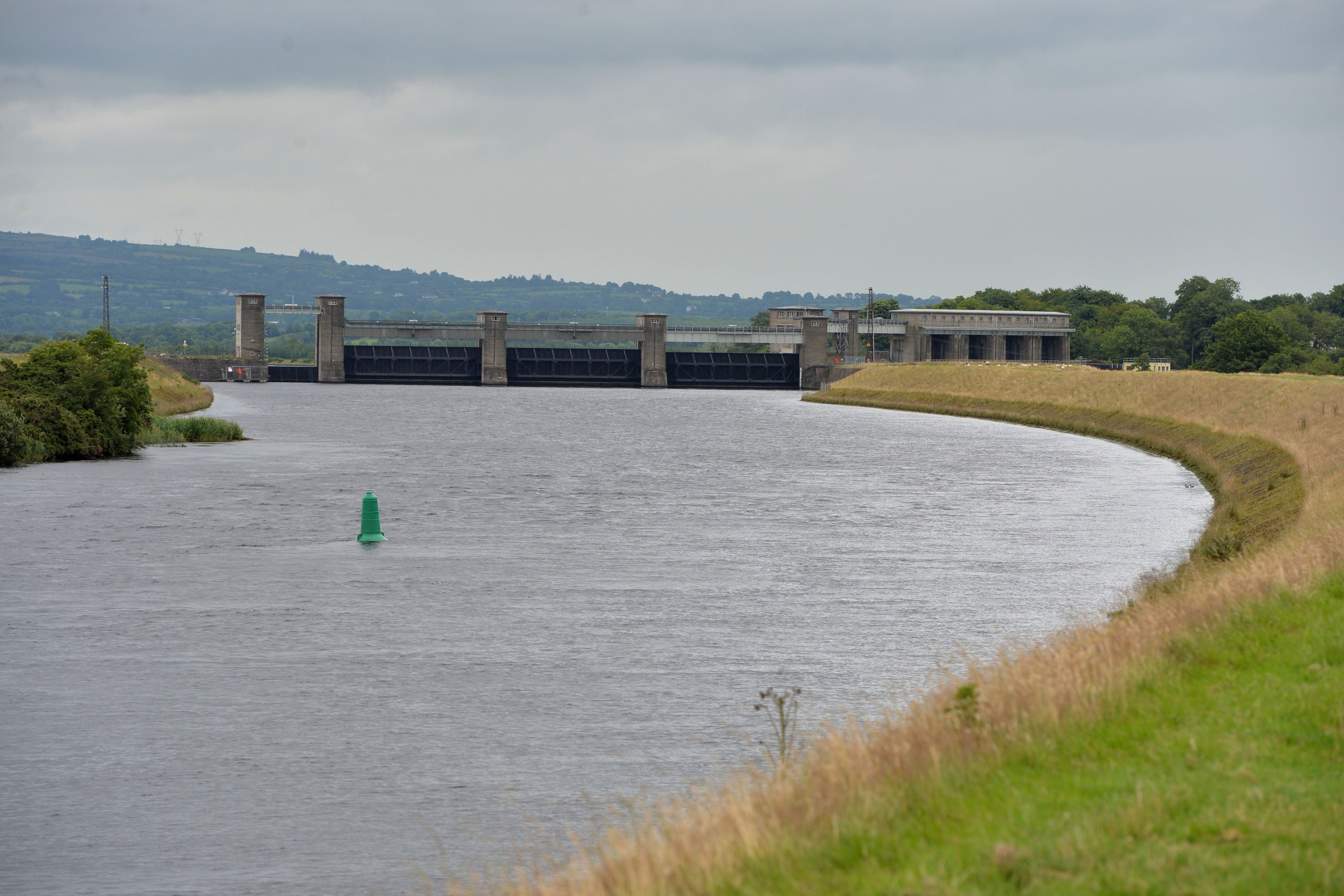Improvements in drinking water quality in recent years have slipped backwards this year, the Environmental Protection Agency (EPA) has told an Oireachtas committee.
The State’s environmental watchdog said there had been an increase this year in the number of people drinking water from supplies flagged as needing improvements.
Dr Tom Ryan, the EPA’s director of environmental enforcement, said the number of people using water supplies it had flagged concerns with had increased from 375,000 last year to 560,000 people this year. The Oireachtas committee on housing was discussing water quality standards on Tuesday with officials from the EPA and Irish Water.
Dr Ryan said issues at several water treatment plants had “reversed” positive gains in recent years on water supply quality. “While water quality remains high, drinking water treatment in many supplies is still not as resilient as it needs to be to ensure the supply is safe into the future,” he said.
READ MORE
As a result of the number of people relying on sub-par water supplies, the European Commission was taking a court case against Ireland, he said.
Fine Gael TD Emer Higgins said it was “very disappointing” that efforts to improve water quality in recent years appeared to have been “eroded” this year.
Dr Ryan said the step backwards was largely down to five water treatment plants being deemed to need improvements. Shortcomings largely related to the ability of treatment plants to keep performing to proper standards into the future, he said.
The EPA had raised concerns over a lack of oversight and controls in a Gorey, Co Wexford, plant last year, which he said had placed “an unacceptable risk to public health”. More than 40 people became ill and one was hospitalised in the area, due to an unsafe drinking water entering supplies over a four-day period.
An investigation published earlier this year found water entered the public supply without the appropriate level of disinfection, with the problem compounded by a failure to detect the problem quickly.
More than 211,000 people were affected by boil-water notices on drinking supplies last year, which Dr Ryan said was up significantly on less than 75,000 people affected the year before. The senior EPA official said overall “water quality in Ireland is not as good as it should be”.
Niall Gleeson, chief executive of Irish Water, said in the last six years the agency had made “enormous strides in identifying and addressing risks to public drinking water supplies”.
Last year the water utility body carried out more than 180,000 individual tests of public water supplies, he told the committee.
In cases where health concerns were identified Mr Gleeson said “many of these risks existed for years”, but only recently came to light due to increases in testing.
The current national rate of leakage across the water system was 38 per cent, with plans to reduce the rate to 25 per cent by the end of the decade, he said.
Mary Gurrie, an EPA manager in its assessment office, said in some cases “decades of investment” were needed to bring water standards up to scratch.
“Only about half of our surface water bodies are meeting the standard, which is to achieve good or better water quality by 2027 . . . In terms of delivering the water quality improvements there’s a way to go on it still,” she said.













